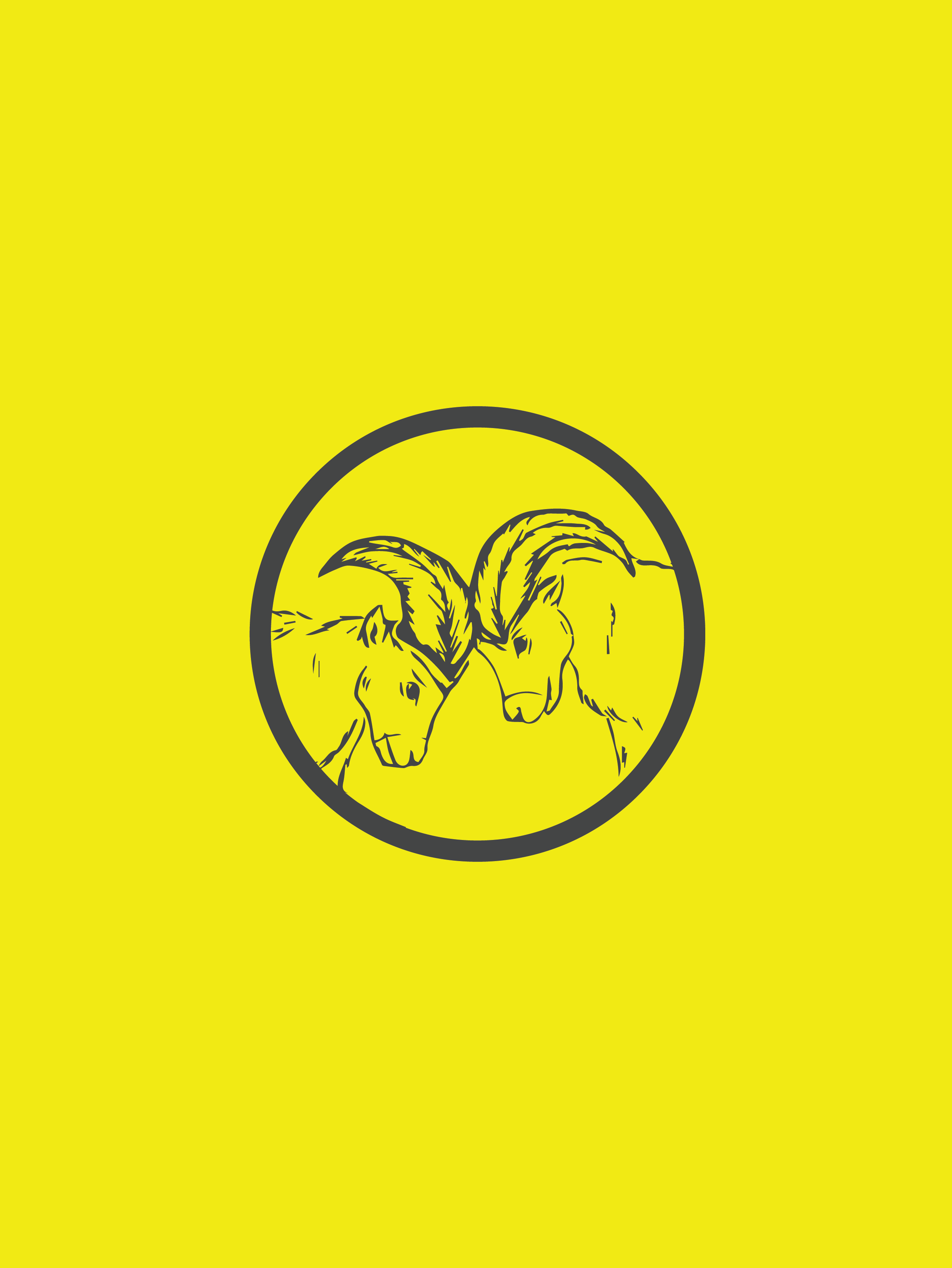The Food Library
An interactive Speculative Design exhibit exploring possible futures of food resiliency in Canada, to shift long-term thinking around food security and climate change.
Role: Lead Designer
Methodologies: Speculative Design, User Experience Design, Graphic Design
Context: Royal Society of Arts Student Design Awards
Date: September 2020 - 4 Months
The ask
The RSA Student Design Awards presented a brief under the title “For The Long Time” to encourage people to incorporate more long term foresight in their decision making. My teammate and I decided to apply this challenge to the space of food insecurity. Food insecurity and environmental crises go hand in hand. Both are a product of unsustainable agricultural practices that contribute to and are made fragile by climate change. Current economic and social systems perpetuate these practices. We require a collective mindset shift to reimagine our relationships with food and the environment.
Our Solution
The Food Library is an interactive, immersive Speculative Design exhibit. It explores a possible future where food is only produced within cities and provided to citizens for free. The exhibit uses speculative design to spark discussion, debate, critique, and ultimately a shift to long-term thinking around food security and climate change. Due to Covid-19, we were unable to fabricate this exhibit so we built out a comprehensive storyboard of what a visitor would see, feel, and do in the exhibit.
Research
We interviewed experts in climate change, agriculture, speculative design and food justice, to learn about the climate and food landscape. We built a comprehensive systems map and pulled out key insights to drive our project. This primary research was melded with the results of peer reviewed publications to build the conceptual Food Library world. Then we co-designed with Canadian citizens to build an exhibit that addresses the legacy of modern agriculture. Finally, we developed a comprehensive storyboard detailing the experience of the visitor, fabrication plans, and a feasibility analysis.
Room one
The first of three spaces in the exhibit is a large square room with seating and wall-sized video projection. The video is a retrospective from the year 2100, reflecting on the societal changes that necessitated the creation of local food production networks. Narrated by a citizen who grew up before the establishment of the Food Library, the video details his experiences living through the hardships brought on by the food systems that defined his “past”. He confronts the necessary eradication of large-scale mono-cultures, and the transition to fully local food production. This space sets the context for the exhibit and creates a multi-generational connection by developing a character born into a familiar, relatable world.
Room two
The second space contains interactive artifacts from the Food Library. Each artifact is described in an audio track, narrated by the man from the first room's video. The artifacts are direct responses to the environmental strain of society's food production methods. Each is connected back to specific elements within the research systems map.
Preserve shelves
The preserves shelves and local menu shelf contain meals and preserves made with ingredients sourced locally from community gardens. Next to the shelf is an electronic menu that displays daily meal options, prepared by Food Library staff. The shelves and menu question how we currently source food. They highlight not only the way that globalized food production damages the environment, but the potential damage to cultures in Canada due to the inaccessibility of certain produce that cannot be produced locally.
Food scanner
The food scanner has the ability to scan fresh produce to identify pollutant levels, pesticide residues from past generations, and more broadly, whether or not the produce is safe for human consumption. This artifact exists to prompt reflection about the long-term negative impact of current production systems; even 100+years from now, chemicals and waste we’ve expelled into the soil and air are having life-altering detrimental effects.
The seed exchange
The seed exchange and database exists to preserve local genetic diversity. The threat of invasive species worsened leading up to 2100, spread unintentionally by the globalized trade system. Approaching this artifact, visitors see a small cabinet with square drawers. A touch screen is linked to a database containing the cultivation and nutritional information of various crops. Each drawer on the cabinet is labeled with the name of a seed and a unique ID number. Visitors input this information into the database to view the details of any given seed.
Room three
The third and final space contains standing desks, paper, pens, and a written prompt asking visitors to imagine the future of food for themselves. This room serves to encourage visitors to discuss, sketch, support, critique, and propose alternatives to the world presented through the Food Library. With their ideas on paper, visitors can post them to a cork board which fills one side of the wall. This wall will be an evolving co-created installation; a large display of participatory reflection with the intention of dreaming a better future. The space sparks conversation and empowers visitors to engage and contribute to their vision of sustainable food.
Rationale
A key factor in addressing food insecurity and the climate crisis is reshaping humanity's relationship with the natural world. Although there may be technocratic, market-driven solutions that help us achieve a carbon neutral existence, these approaches will not fundamentally change the way humans see ourselves as part of a healthy and sustainable environment. The exhibit is an opportunity to spark conversation on the interconnection of food security and climate change. It is a space to discuss and re-imagine the complex systems that drive, and are exacerbated by, climate change, to create a more just and climate-resilient future. Testing sessions with community members indicated that the Food Library prompted deep thought about reciprocal and holistic solutions to climate change and food security. These conversations emphasized the need to take action that radically redefines agriculture and food production to create a sustainable legacy for future generations.




